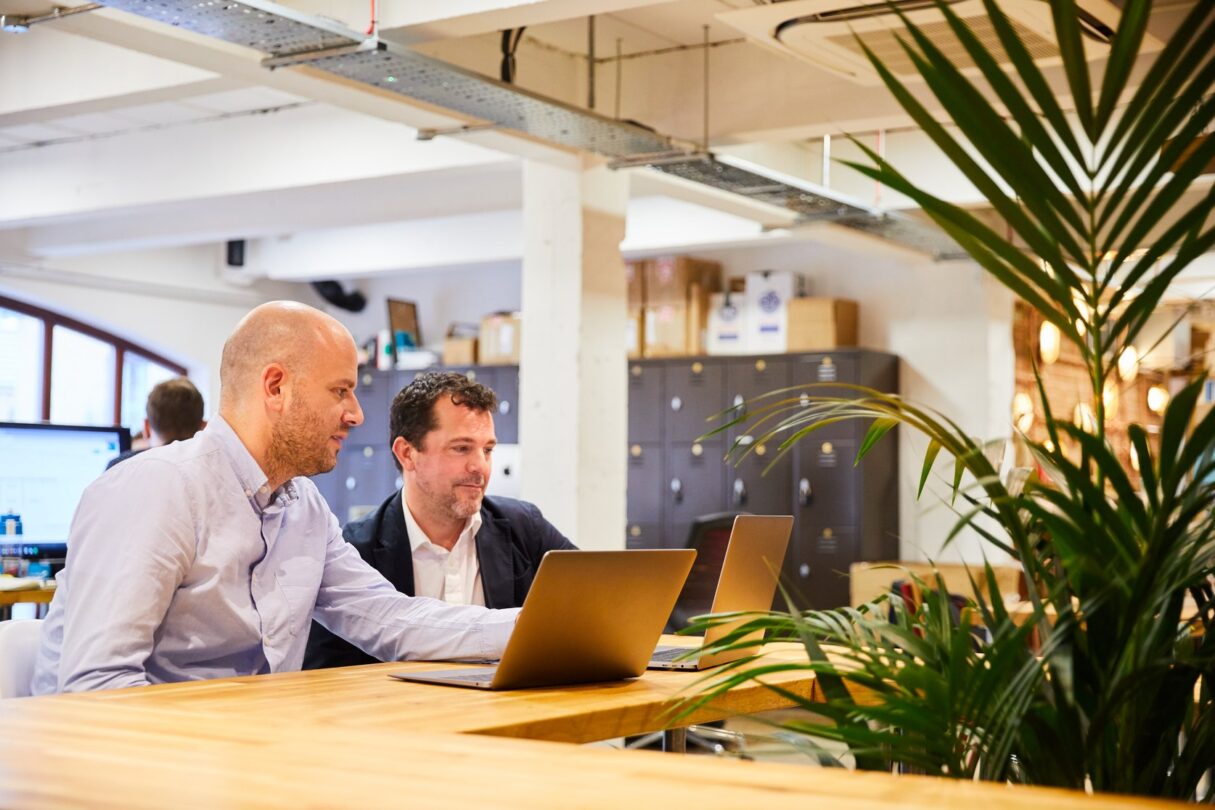Technology & Innovation
6 manual tasks that accountants can start automating now
Automation offers accountants great opportunities to grow their practices by reducing the time they spend on manual tasks. Learn how it can help your firm.

If your accountancy practice wants to reinvent the way it operates, then it’s time to explore automation.
Automation has already completely transformed numerous accountancy practices by enabling them to spend less time on manual tasks and more time on growing their businesses.
Read this article to learn more about reducing your manual tasks and the processes you can start automating now.
Advantages of automation
You can use different tools to automate different processes. But what all these tools have in common is they are designed to improve efficiency and reduce the administrative burden on practice staff.
So, by implementing automation tools, you will free up your staff from having to devote large amounts of their day to manual tasks, such as data entry.
Instead, they will be able to spend more time with their clients, offering high-value advice in areas such as personal and corporate taxation, R&D tax incentives and pension planning.
In some cases, for example with cash flow forecasting, automation can even be the foundation for your practice to develop new income streams.
Thanks to automation, staff members will also have more capacity to undertake training or to focus on business development. This might include networking with prospective clients and other accountancy firms, or using social media to generate leads.
“Automation is brilliant for us, and it’s brilliant for our clients,” confirms Shoaib Aslam, CEO and founder of Hounslow-based accountancy practice Pearl Accountants. “We are spending less time on manual tasks, which means we can spend more quality time with our clients, boosting our client retention rate.
“Our clients also get faster, more efficient service and provided the automation software is set up properly, it generates more accurate results.”
Going forward, accountancy practices will need to make greater use of automation to stay competitive and retain their clients. Already, most accounting software includes automatic bank account reconciliation that brings transactions into the system, ready for coding to different income and expense accounts.
But what else can your accountancy practice automate, starting from today?
1. Invoicing
The processes of sending and receiving invoices lend themselves to automation.
If you choose a cloud accounting package that integrates invoicing software, you can easily create and edit invoices that the system emails out. The software will also monitor whether or not the invoices have been paid and issue reminders on your behalf.
Automatic invoice recognition tools, such as PaperLess, which integrate with accountancy software, make the processing of invoices easier, faster and more accurate.
With these tools, data is automatically recognised and uploaded to the accounting system, which reduces the amount of time staff need to spend on manual data entry and eliminates the risk of typing errors.
These tools also enable electronic invoices to be easily stored, accessed and shared.
“I still see people printing out their invoices on tabulated paper, then scanning them to email them out to their clients,” says Alison Mead, a bookkeeping trainer, Sage consultant and author on the accountancy software and advice blog Silicon Bullet.
“But automation would enable them to send out their invoices at the touch of the button, saving them time and the cost of the stationery.”
2. Expenses
Tools that automate the processing of expenses have existed for a while. Among them are Receipt Bank and Expensify.
They scan receipts to capture relevant information, which can then be uploaded directly into accounting software packages in a user-friendly format, allowing for instant reconciliation. The tools enable automatic codification of expenses and can produce real-time expense reports.
“Prior to automation, we were wasting resources on filtering through receipts and invoices,” says Mariah Tompkins, director of East Midlands-based accounting firm WKM Accountancy Services.
“Although these jobs take a long time, they don’t require much skilled human input. By automating these areas, we’ve been able to focus our efforts on more complicated accounting tasks and providing an excellent level of service to our clients.”
Automate all manual data entry across your practice
Discover how you can speed up data entry and admin to save time at your accountancy or bookkeeping practice.

3. Payroll services
Running a payroll can be a time-consuming task. Automated payroll software can take the pain out of payroll, however, by automatically calculating wages and managing deductions such as Tax-Free Childcare (or childcare vouchers if a company’s employees are still using them), pensions and Cycle to Work schemes.
They also allow employees to securely access their payslips online and submit timesheet information online too. It is even possible to use automated payroll packages to pay employees via electronic banking systems.
“We use a payroll system for both our own staff and our clients,” explains Gary Green, principal at north London-based accountancy practice Key Business Consultants.
“You just run the payroll, file it and the staff get their own payslips. It also has an HR module that covers holidays and pension auto enrolment.”
4. Cash flow forecasting
Automated tools can help your accountancy practice to gain greater insight into its own financial performance and to offer value-add reporting services to your clients.
Management reporting and financial analysis tools such as Fathom and Fluidly help to assess profitability, cash flow and growth, as well as other key performance indicators so businesses can make better decisions.
Information is presented in user-friendly reports and dashboards that accountancy firms can present to their clients.
“We’ve been looking at linking our existing tools, such as our accounting software, to these reporting tools to better advise our clients on understanding the future,” says Aslam.
“It’s helping us to gain bigger and better clients because now we’re able to sell a service that wasn’t previously there. Our reporting and advisory arm is growing as a result of us taking this new strategic direction.”
5. Payments
Automation is a great way to ensure your practice gets paid on time by your clients.
Online payment services such as GoCardless can be used to collect recurring direct debit payment from clients, reducing the amount of time that staff spend on debt collection and improving the cash flow of the practice.
“We’ve automated the collection of regular payments from clients,” explains Tompkins. “From the outset, we encourage clients to pay through the GoCardless system, reducing the hassle of having to chase payments.”
6. Practice management
Practice management software can automate the process of running an accountancy practice. You can use tools such as CentreCRM to assign tasks to staff members, track the time they spend on a job, set deadlines and share documents.
You can also use it to store client information and issue correspondence.
“Our practice management software automatically sends out emails as soon as a client’s accounts or VAT return is due,” says Aslam. “This saves time, which makes us look professional and helps us to get even more referral clients.
“It’s a brilliant way of making our practice really, really productive.”
Parting advice
While automation will bring many advantages to your accountancy practice, you may feel daunted by the prospect of picking new tools – and adopting them. So, what can you do to smooth the process of automating your practice and relieving staff of the burden of manual tasks?
“It’s important to choose your automation platforms wisely and do some research beforehand,” advises Tompkins. “Once you’ve got the platform and software integrations in place, the rest of the process is relatively straightforward.”
“Make sure you speak to somebody who actually works with the system,” is Mead’s recommendation. “And make sure you get a demo from the company that provides the software.”
While you will undoubtedly need to put in some effort to automate your practice, that effort will be far outweighed by the rewards you get.
“Automated software allows the business to mature quicker,” concludes Green. “I started as a one-person business eight years ago and now I’ve got 14 staff.”
Tompkins simply puts it like this: “Automation has helped us to grow.”
Automate your practice
Discover how you can use automation to reduce your manual processes, so you can elevate the performance of your accountancy or bookkeeping practice.








Ask the author a question or share your advice